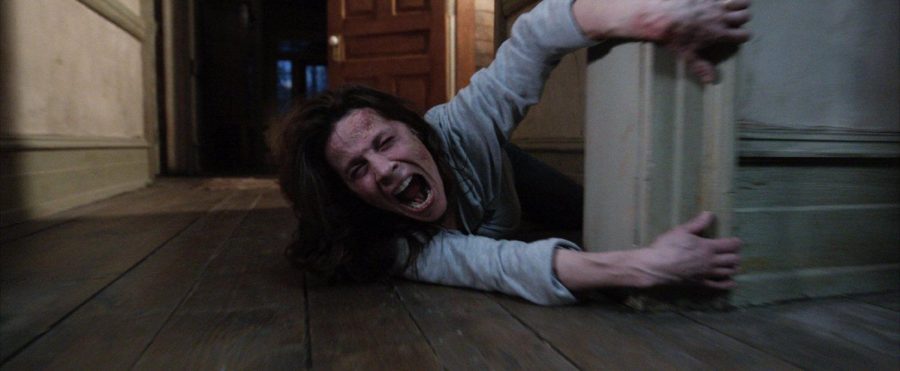Horror films brave change
October 20, 2016
Throughout history, the horror genre has advanced and changed with its audience. In the beginning, certain artists and movies kicked off the genre and defined it.
“Early on, German film directors would be the most important,” said Scott Balcerzak, associate professor of film and media studies. “Robert Wiene directs ‘The Cabinet of Dr. Caligari’ in 1920, and then F.W. Murnau directs ‘Nosferatu’ in 1922. These influence the wave of American horror movies that popularized the genre like ‘Dracula’ and ‘Frankenstein’ in the 1930s.”
From there, horror movies started experimenting with budgets, fantastical elements and different genre mashups. Since the early 1900s, horror has changed its look. Differences concerning what plotlines and elements are the most successful emerged.
“I would say one of the major differences is filmmakers are very overt in how they target teen audiences,” Balcerzak said. “In the ‘60s, there was a rebirth of the genre because all the baby boomers were teenagers and frequented drive-ins.”
Some popular youth-oriented horror movies that released within the last decade are “The Cabin in the Woods” and “Zombieland.” Other common themes in horror films are slashers, zombie, supernatural and comedy.
Through the years, some scary movies have seemed destined to stand the test of time.
“[George A. Romero’s] ‘Night of the Living Dead’ has to be one of the most groundbreaking horror films in film history,” Balcerzak said. “Director John Carpenter’s ‘Halloween’ had a major effect on the genre, too.”
The psychological thriller movie “The Silence of the Lambs,” directed by Jonathan Demme, is considered a cinematic masterpiece and features a bravura performance of Anthony Hopkins. The film is considered “culturally, historically or aesthetically” significant by the U.S. Library of Congress and is preserved in the National Film Registry.
With a past that is as explorative as it is, horror’s future is something that is hard to predict. What films will succeed and what films won’t is hard to understand.
Marcie Norris, a horror film fanatic and freshman speech pathology major, said she loves specific visuals and music in her scary movies.
“More recently, I was intrigued by ‘It Follows’ and ‘The Witch’,” Balcerzak said. “[These] are two horror movies that showed the genre could still do new things while keeping in the traditions of older horror.”
“I think what makes a scary movie scary is the pop-out visuals,” Norris said. “They get me every single time. Also I think music makes a huge impact on a movie, especially scary movies. Listen to a scary movie without music, and it doesn’t seem scary.”
She said she likes horror films such as “Sinister” and “The Conjuring.”
Of the horror films that were released this year, many were sequels or reboots such as “The Conjuring 2,” “10 Cloverfield Lane” and “The Purge: Election Year.” Some films, like the two that Balcerzak mentioned, are examples of modern low-budget entries that ended up with critical acclaim and a reasonable payoff. They are markers for where the genre is going now. Audiences should look out for these smaller, indie horror flicks that will sneak into theatre complexes.



